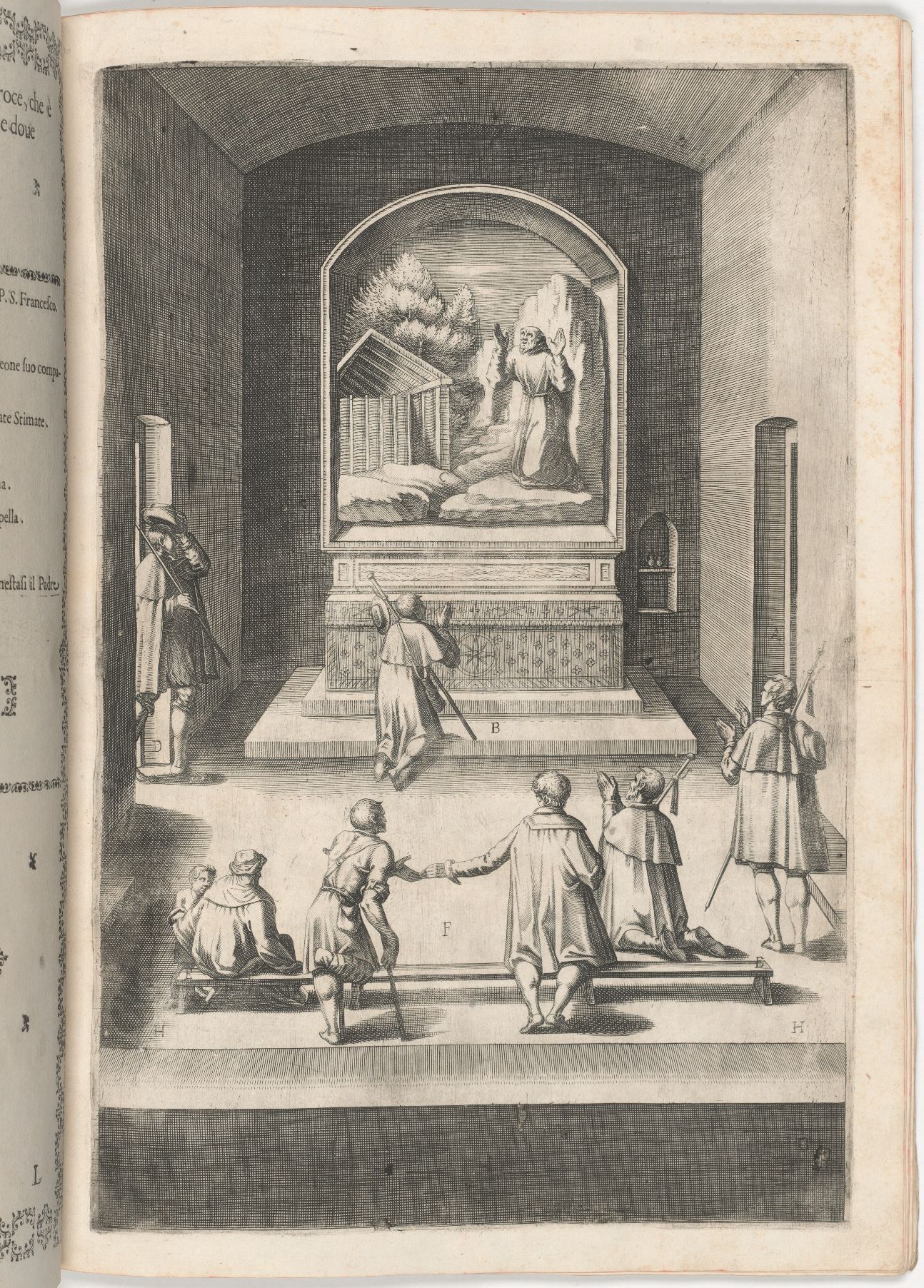
Rethinking Sacred Images as the “Book of the Illiterate”: An Early Modern, Global, and Auditory Perspective (Rome)
The idea that sacred images served as the “Book of the illiterate” (Liber idiotarum), a concept traditionally attributed to Gregory the Great and rooted in the practices of the expanding European Christian Church, has had a lasting influence on art historiography. Following the linguistic turn of the 1970s, scholars often used this concept as a framework for interpreting images as texts and their reception as a form of visual reading. In the 1990s, however, this theoretical understanding came under strong critique for being overly reductive in the cultural analysis of sacred images, especially in light of the pictorial, iconic, and material turns. As a result, formulations such as “Book,” or even “Bible,” of the “illiterate” or the “poor,” shaped largely through historiography and often detached from historical sources, were progressively set aside.
This conference aims to reopen scholarly discussion on the “Book of the illiterate” by fostering a historically grounded rethinking of the concept through broader sensory, affective, and embodied dimensions. It focuses on the early modern period as a crucial, yet still underexplored, moment in the evolution of this expression. Around the time of the Council of Trent, both ecclesiastical and secular authors not only renewed their interest in sacred images as the “Book of the illiterate,” but also redefined the idea alongside a new understanding of Catholic art as a “universal language” (lingua universalis). This reframing was closely tied to the Roman Church’s confessional and missionary ambitions, directed toward both European and non-European peoples. It prompts us to consider early modern Catholic images as embodied forms of communication within a context of cross-cultural exchanges, in which the visual and the auditory are deeply intertwined.
By revisiting the “Book of the illiterate” from an early modern, global, and auditory perspective, this conference seeks to deepen our understanding of the nature, function, and reception of Catholic art. The auditory operates here in multiple ways, not as a substitute paradigm, but as an enriching lens through which to reconsider bodily and affective engagement with the figurative and to challenge the long-standing opposition between an auditory Middle Ages and a visual Renaissance. It opens new avenues for interrogating the cultural, gendered, and racialized dimensions of historical audiences hidden behind the generic descriptions of “idiots” (idiotae) and “ignorant” (ignorantes). It also invites reflection on the interaction between Catholic images and oral or written words, considering both illiterate and literate forms of reception, and how these may reinforce or subvert the theoretical frameworks imposed from above. Ultimately, this approach allows to question the relationship between a literate center and an image- and sound-oriented periphery, both defined and characterized by this oppositional othering.
We welcome papers from diverse methodological and disciplinary perspectives, including art history, history, philosophy, literary studies, musicology, and anthropology. Possible lines of inquiry include, but are not limited to:
· Sacred images as a form of language and their intended audiences.
· Sacred images, divine presence, and auditory perception.
· Sensory, affective, and auditory responses to sacred images.
· Sacred images and technologies of inscribing sound.
—
This conference is part of the Marie Skłodowska-Curie Action “AurArt – Rethinking Images as the Book of the Illiterate: Towards a New Acoustic Understanding of Religious Art (1550-1650).” We have the pleasure of announcing Prof. Wietse de Boer (Miami University) as the keynote speaker.
Participants will convene in person at the Academia Belgica in Rome on 4–5 June 2026. The conference language will be English.
Please send your abstract (max. 500 words) and a short CV to aurartconference@gmail.com by 30 September 2025.
Notification of acceptance will be sent by 15 October 2025.
Illustration: Jacopo Ligozzi (designer), Domenico Falcini (engraver), Chapel of the Cross (from Lino Moroni, Descrizione del Sacro Monte della Vernia, 1612) © Courtesy National Gallery of Art, Washington.